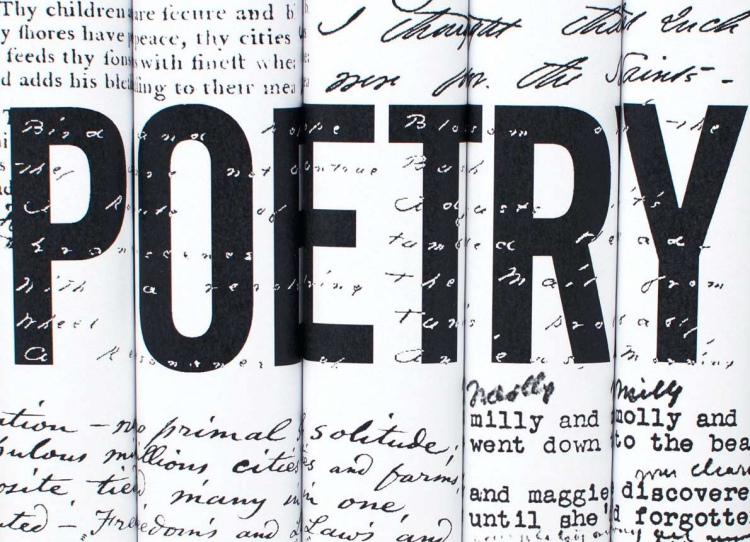
Translating poetry is a special job: the poet, if alive, entrusts the translator to capture the soul of a poem so that speakers of a completely different language might fully understand the poet’s message; the translator is responsible for making the right decisions along the way, ensuring that this transfer of ideas happens smoothly.
Whether the author of the original poem is still alive or has passed away, it’s an honor to translate a poem! I am by no means an expert, but here are some steps that have helped me so far in this work. Here are some key decisions a translator must make during the process of translating a poem, as well as some additional inspiration:
1. What to do about structure? A translator must decide how important rhyme or rhythm needs to be. Is rhyme the most important aspect of the work? Is it non-negotiable to keep the same number of syllables in each line, or would being that strict result in forcing poor word choice? If so, perhaps it’s best to focus on best word choice and overall feel of the poem instead of being restricted and risking a loss of meaning or soul.
2. Do your research. When translating a poem, I sometimes come across a culturally specific phrase or reference that I’m not familiar with. A translator will probably need to do some deeper research in a case like this. I often turn to terminology help on ProZ.com (not an affiliate link) because fellow translators from all around the world can provide answers to the question posed. So, if you’re translating a poem from a Costa Rican poet and there is a specific word that you suspect may be very particular to that country or culture, chances are that someone from that part of the world will help you.
3. Read it over and over…and over….Print out both poems, read them over and make corrections and changes. Put the work aside for a day or two, then come back to it. You’ll find more details that you’ll want to change. Read the poem aloud as well: that helps to clarify if you’ve captured the rhythm and feel of the overall work.
Those are my top three tips for now. If you are a translator who works with poetry, take a look at the resources from Oxford Handbooks Online. If you have a resource to share, please add it in the comments!
In closing, here’s inspiration for translating poetry from writer Jennifer Liddy:
“Translating a poem is a lot like writing a poem yourself. You have to know what you want to say. You have to feel what you want to say. You have to be focused. There are a thousand other jobs that are easier, better paid, and eyesight-saving, but translating has its own glories. Putting poems into another language is one of the best ways to share culture, honor poets, and remind us that we can transcend geography. Do your best.”
– Jennifer Liddy, 2002
Image courtesy of sherbino.org.
